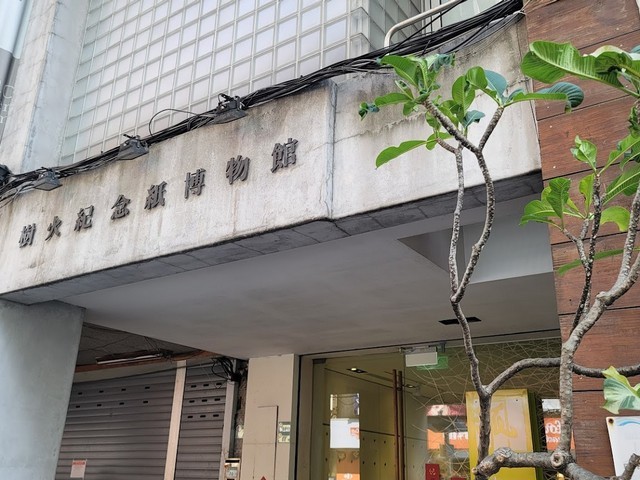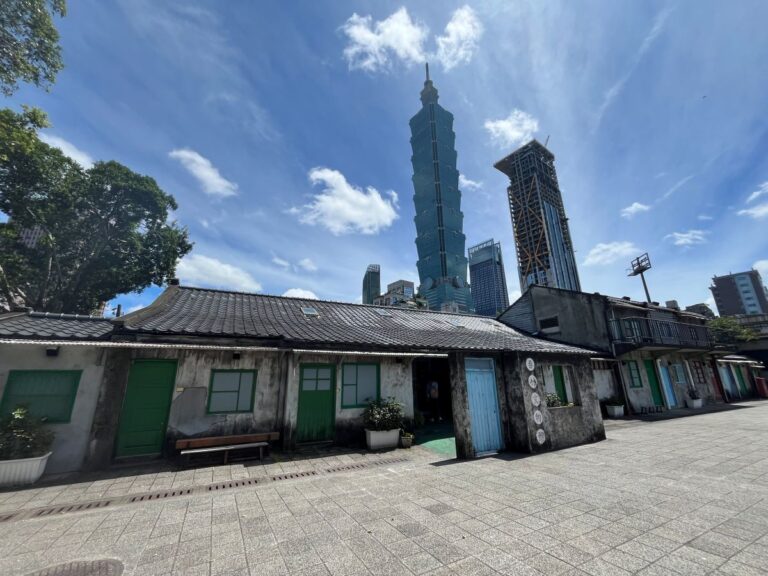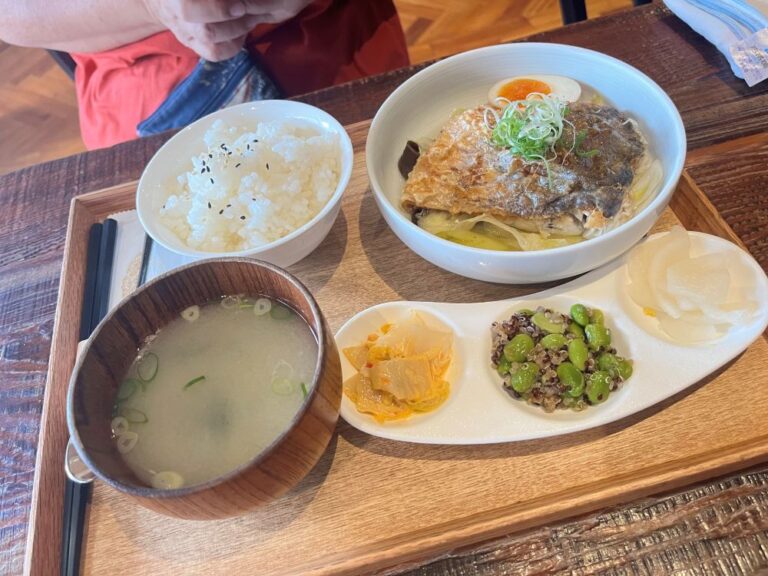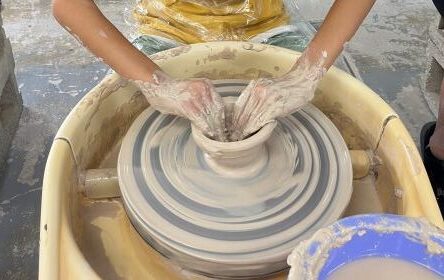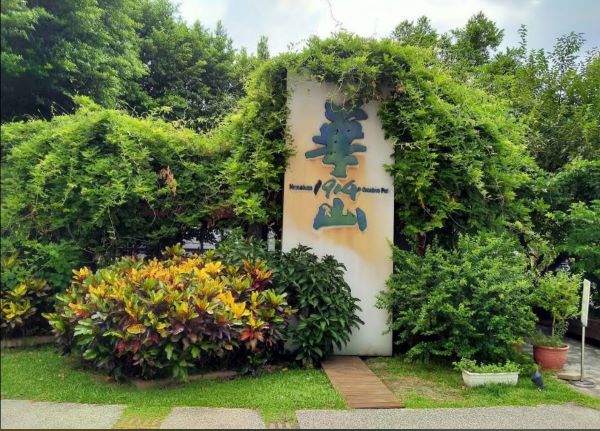Visiting Sin Hong Choon Tea Museum in Dadaocheng, Taipei (新芳春茶行)
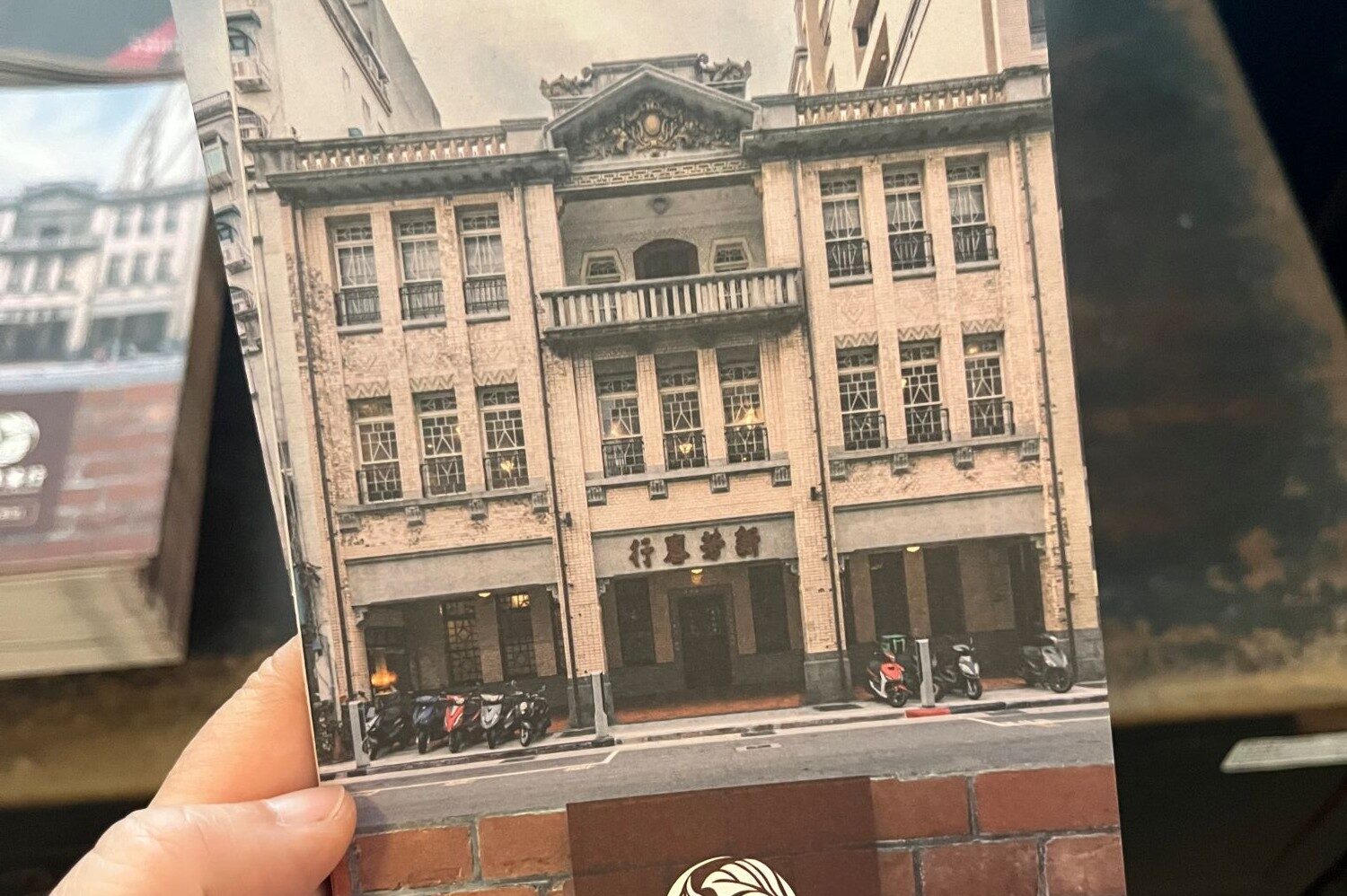
If you’re exploring Dadaocheng/Dihua Street area (大稻埕/迪化街) and want to learn more about Taiwanese history, I highly recommend adding the Sin Hong Choon Tea Museum (新芳春茶行) to your itinerary.
This free museum was once a tea factory from the 1930s. Inside, you can see the displays of old equipment, learn about Taiwan’s tea trade, and admire the well-preserved Taiwanese-style architecture.
Hi, I’m Grace, a native of Taiwan now living in the United States. Every year, I return to Taipei to visit family, and when I’m back, I enjoy rediscovering familiar places as well as finding new experiences.
In this post, I’ll share what you can expect when visiting the Sin Hong Choon Tea Museum.
Visiting Sin Hong Choon Tea Museum (新芳春茶行)
How To Visit
- Location link in Google Maps: Sin Hong Choon
- Nearest MRT Stations: Shuanglian (雙連站 R12) or Daqiaotou (大橋頭站 O12), walk 12 minutes.
- Hours: Wednesday to Sunday from 10 AM to 6 PM (closed on Mondays and Tuesdays)
- Admission: Free
- Visit time: Approx. 1 hour
A Brief History Of Tea Trading In Taiwan
Tea has played a big role in Taiwan’s history. Back in the late 1800s and early 1900s, tea was one of the island’s main exports, and “Formosa Oolong” (台灣烏龍茶) became popular in Europe and North America.
Most of the tea was grown in northern Taiwan, especially around Muzha (木柵), Nangang (南港), and the hills of Hsinchu (新竹). Once harvested, it was transported to Taipei for manufacturing and trading.
Sin Hong Choon (新芳春茶行) was built in the 1930s, when Dadaocheng District in Taipei was the center of Taiwan’s tea trade. It was founded by a wealthy tea merchant family, and the location served both as a tea factory and a residence.
Architecture and Layout
The house was built in the “three connected sections” (三進) style, which was common in Taiwan at the time. This meant the building was arranged in three parts, connected one after another from the front to the back.
A typical three-connected-section layout had the front area for business, the middle section for daily family life, and the back section for storage or quieter living spaces.
Sin Hong Choon arranged its space differently. Instead of the usual “business in the front, residence in the back” style, the entire ground floor and second floor were used for business, while the family lived on the third floor.
You can get a sense of this layout in the photo below.
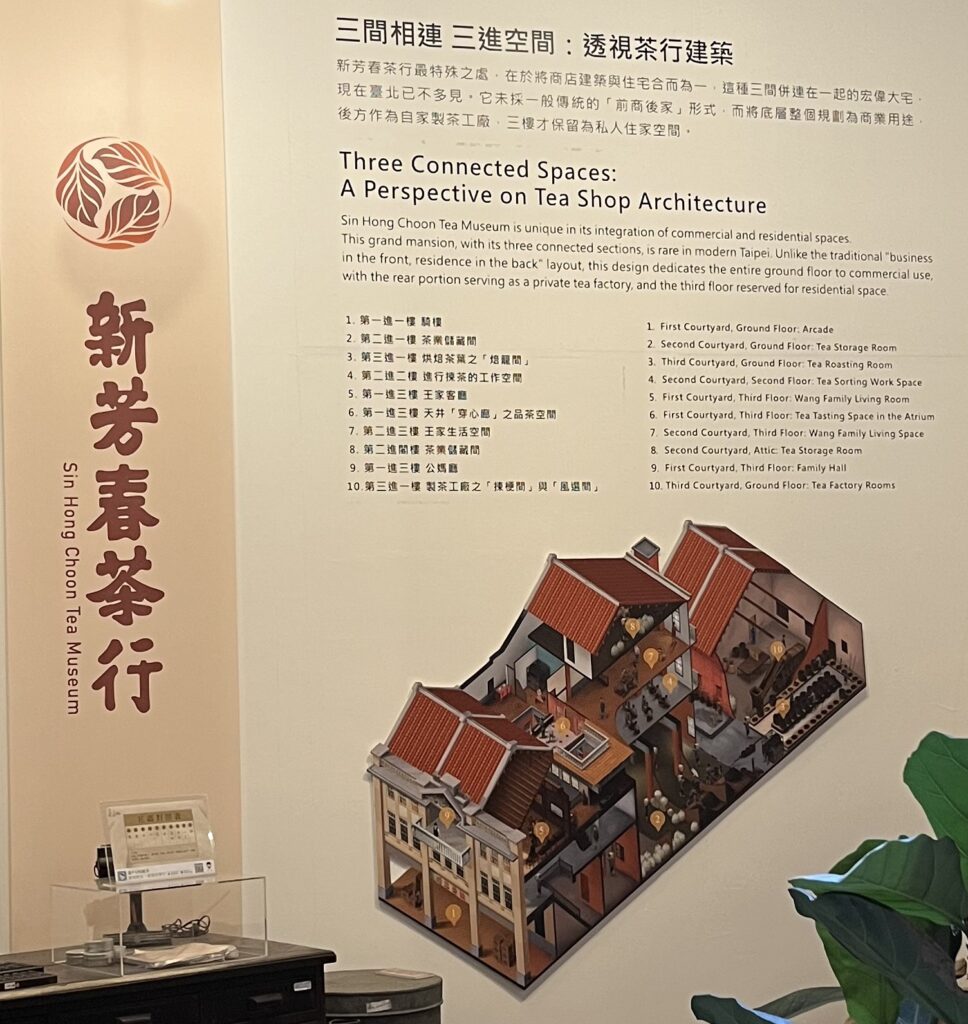
I enjoyed walking through the rooms and imagining what it must have been like to live and work here in the 1930s.
If you like photography, this is a great spot to capture old-time style photos, with the red brick walls, wooden windows, and vintage details as your backdrop.
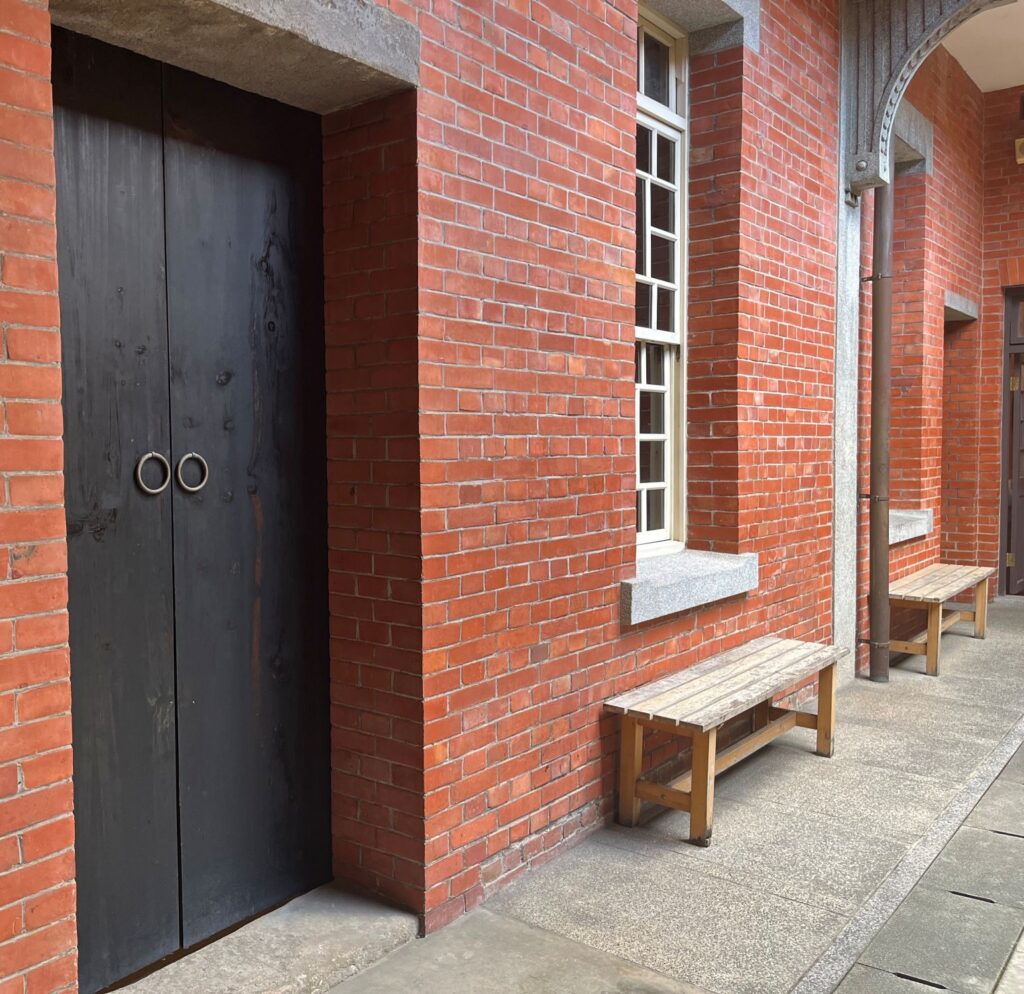
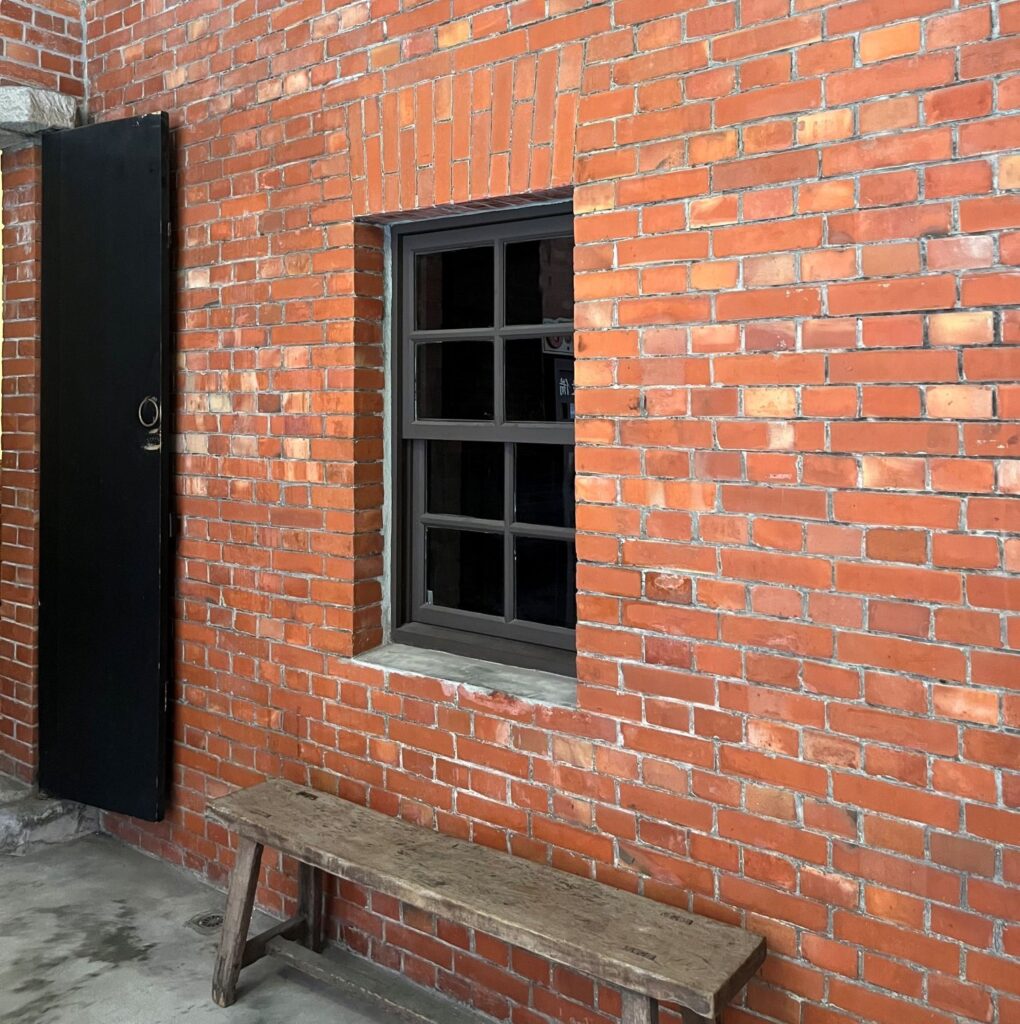
Exhibits And Displays
You’ll walk into what used to be the working areas of the tea factory. The roasting room and processing room are still there, and you can see the old equipment that was once used for making and preparing tea. It gives you a clear picture of how the factory operated back in the 1930s.
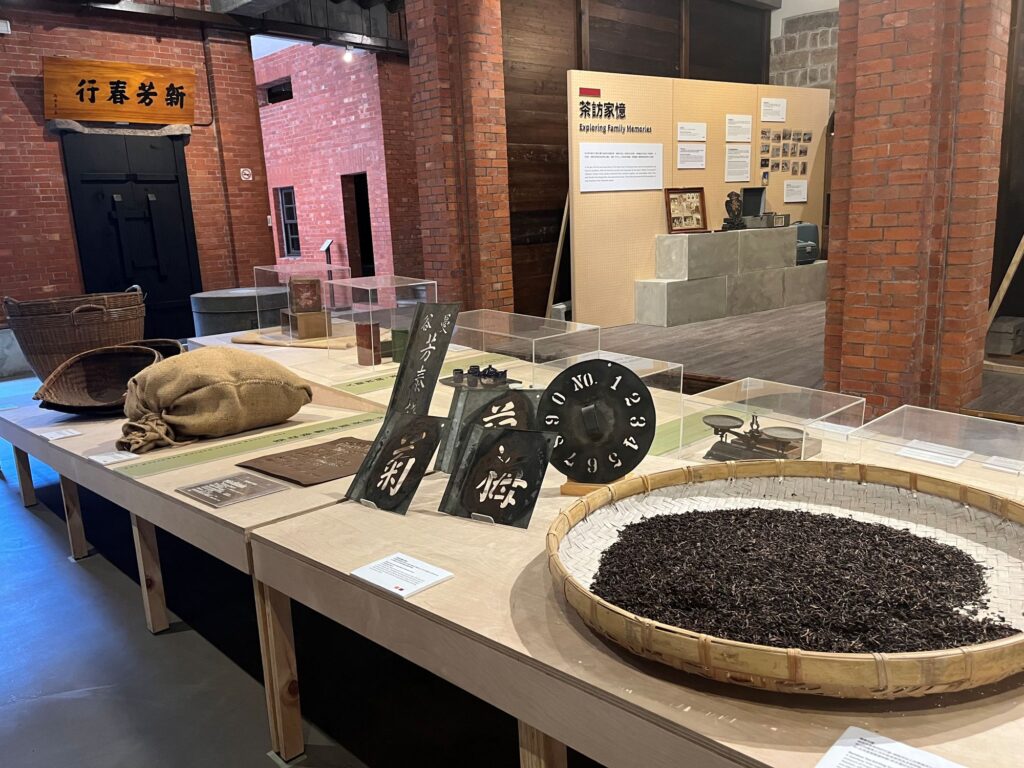
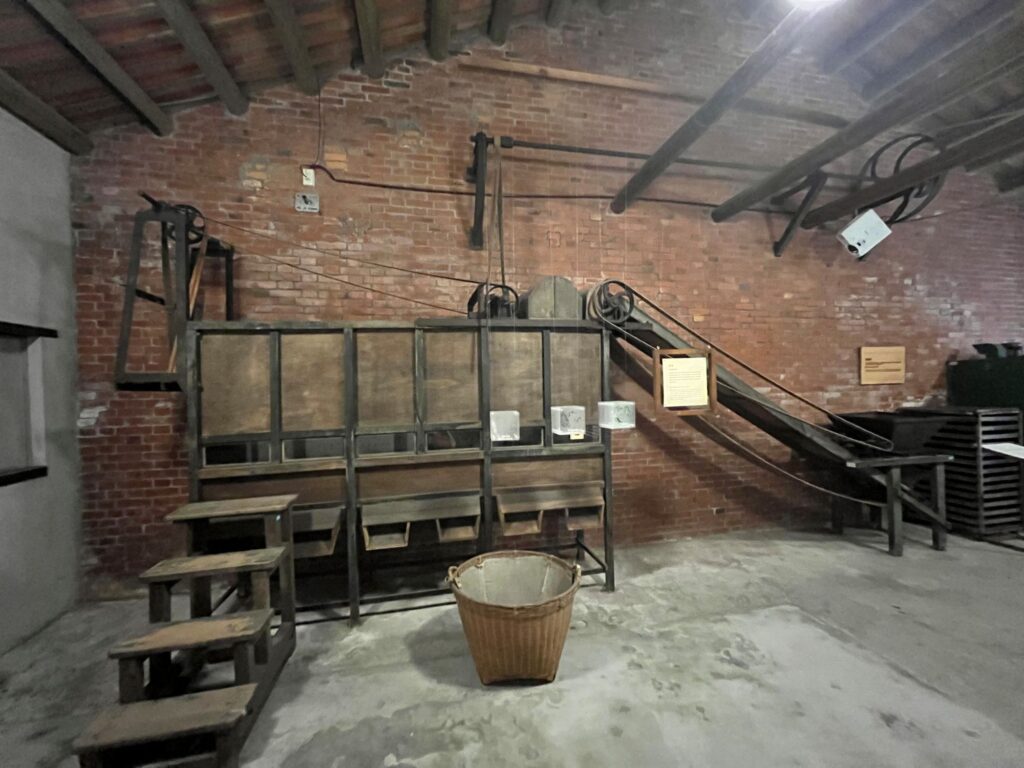
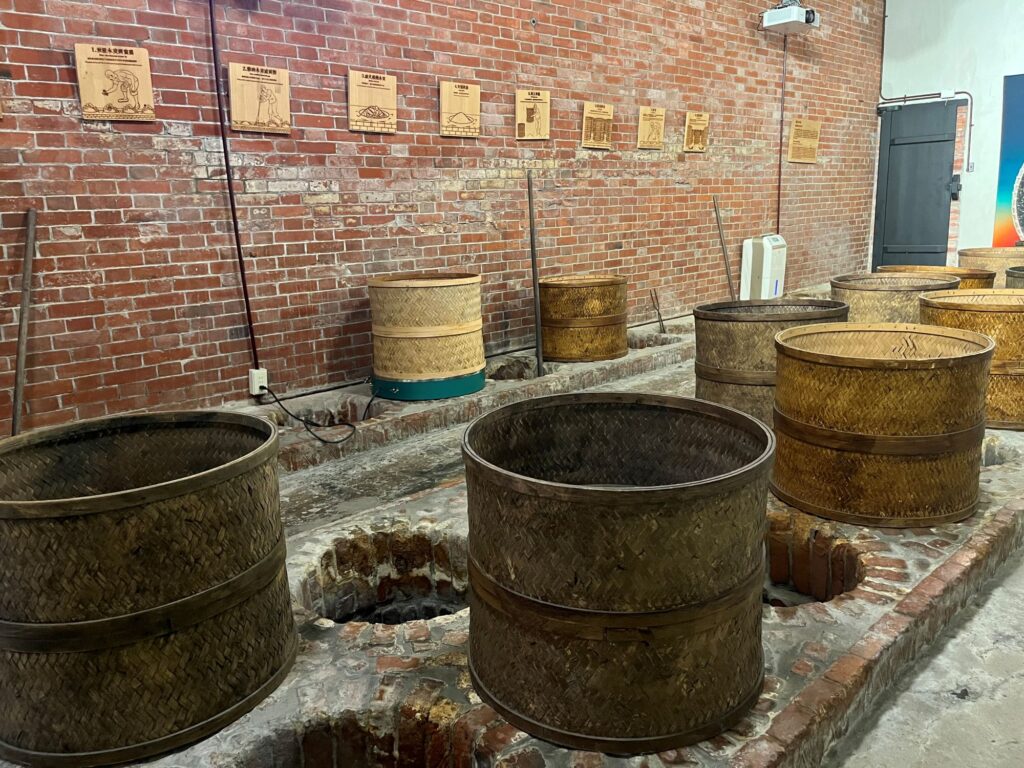
You’ll also find historical photos and documents that explain how Taiwan’s tea was produced, processed, and shipped overseas.
This is a small museum that can be explored within one hour of your time. However, the details inside the museum will give you a clear picture of how important tea was to Taiwan’s economy and daily life.
My Visiting Experience
I visited Sin Hong Choon on a hot summer morning in 2025.
I’d always wondered what it was like inside a 三進 (three-section) style building. Walking through Sin Hong Choon gave me that chance. It must have been quite an experience living in such a large house where work and family life were so closely connected.
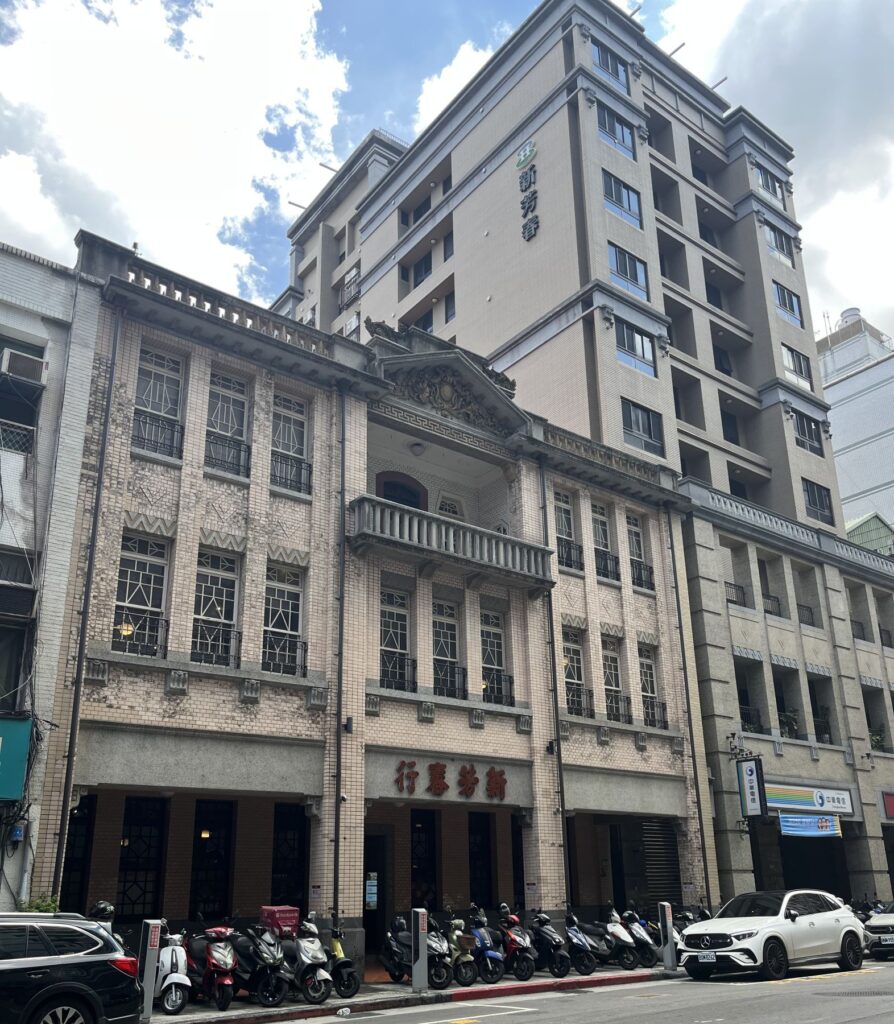
I also noticed the tall building next door with “Sin Hong Choon” written on it. It made me realize how successful the business must have been for the family to expand and build such a modern structure right beside their old house.
As I explored the museum, I enjoyed imagining myself as one of the family members, helping with the tea business and living in the house. I loved admiring the architecture and learning how this business shaped Taiwan’s tea trade in the past.
When I was younger, I didn’t really appreciate Taipei’s history. But now, I find myself wanting to learn more and understand how the old times helped shape the Taiwan we know today.
Final Thoughts
The Sin Hong Choon Tea Museum gives you a meaningful look into Taiwan’s tea history.
Walking through the old rooms and seeing the equipment helped me picture how important tea once was to Taipei’s growth. I also enjoyed imagining what life was like for the merchant family who lived here, running their business downstairs while keeping family life upstairs.
If you’re already planning to explore Dadaocheng or Dihua Street, I highly recommend including this stop. It doesn’t take much time, but it adds depth to your visit and helps you understand the history behind the neighborhood’s beautiful old buildings.
